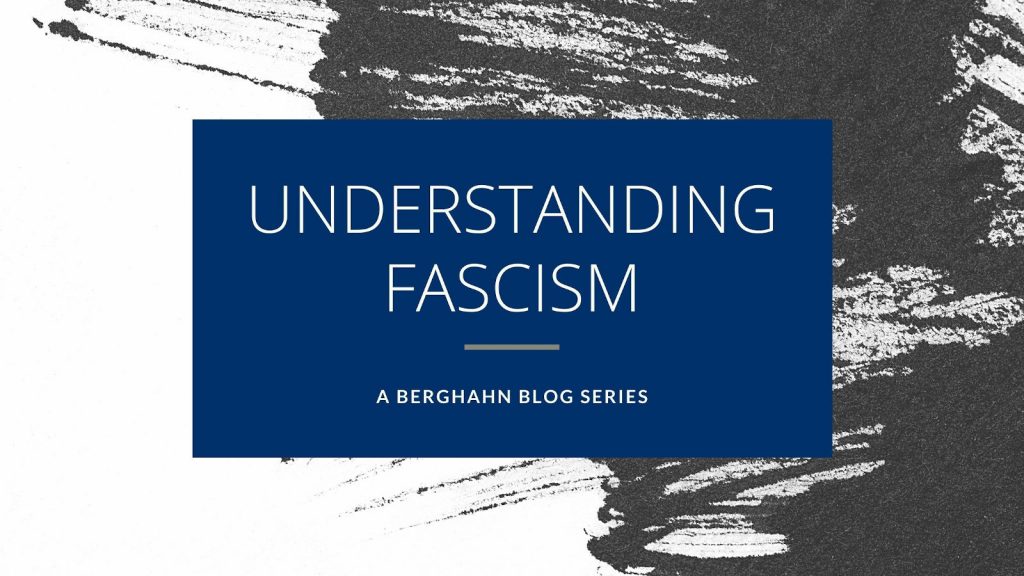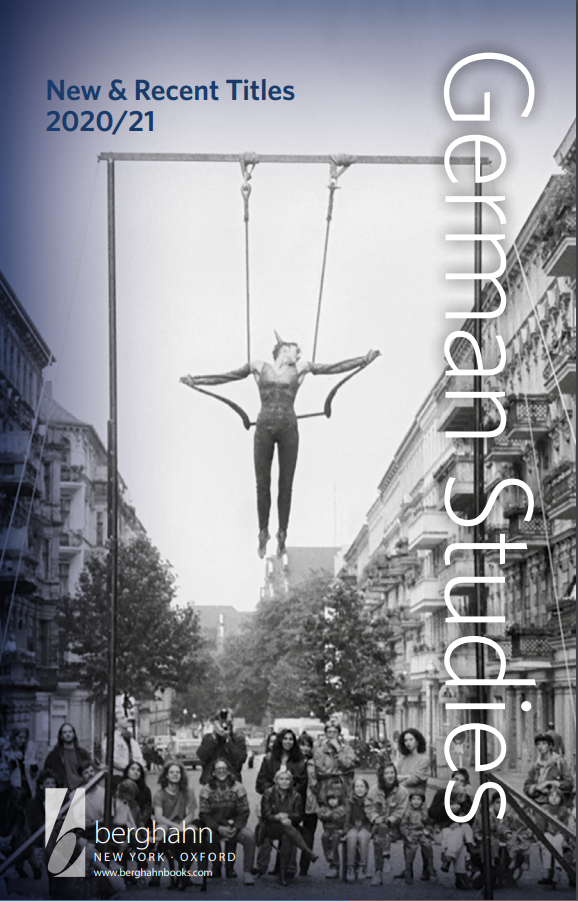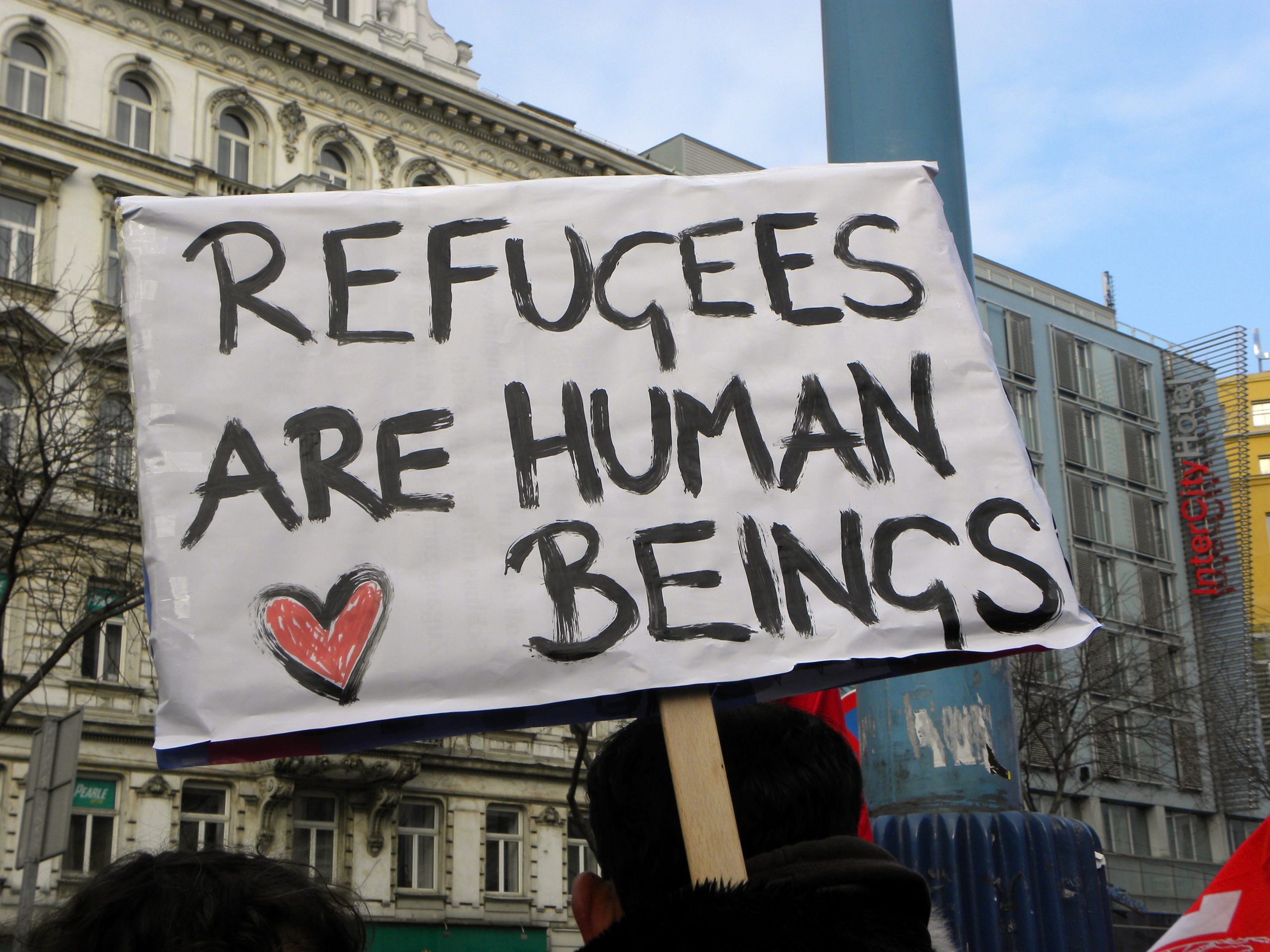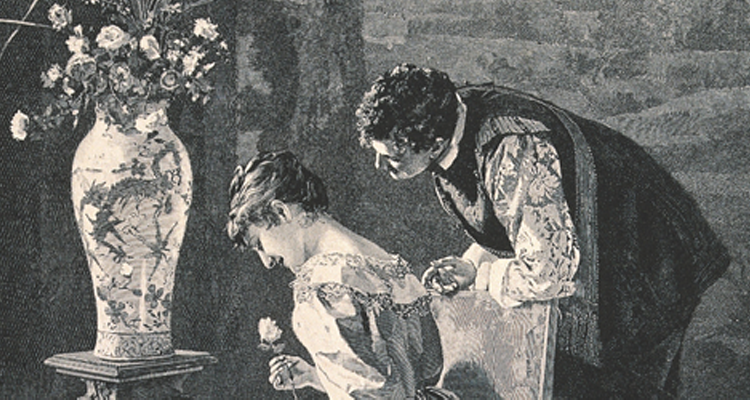
Most Popular #BerghahnOpenAnthro Articles of 2020






We are pleased to invite you to visit our virtual stand at the German Studies Association annual meeting taking place online from 30 September to 4 October 2020. Please see below for information about special offers from Berghahn Books for titles purchased through our website.
For anyone who would have liked to discuss their manuscript with us at the conference, our editors are happy to arrange for a chat over email or virtually. Visit our GSA page for virtual booth hours or contact Chris Chappell to set up a meeting.
Visit Berghahn’s GSA page for featured books and journals, virtual booth hours, and more.
Enjoy 30% off all German Studies titles (in both print and eBook formats) until 6 November, 2020! Read our newsletter for recommended titles and discount information.
Catch us at the GSA exhibit hall and visit our virtual booth here.

German Language Day occurs every 12 September, commemorating the language of many of the world’s renowned artists and thinkers. To encourage the speaking of German across the globe, this commemorative day was created in 2001. It is observed every second Saturday in September.

We are delighted to share the following new releases in Anthropology, History, and Mobility Studies as well as titles new in paperback this month.
Continue reading “August Simulated Shelves” World Refugee Day (June 20) honors those who leave everything behind to escape war, persecution, or terror. This day celebrates the courage and resilience of refugees, asylum seekers, internally displaced persons, stateless persons, and returnees, as the plight of those fleeing conflict is often met with overwhelming uncertainty and assault on human rights.
World Refugee Day (June 20) honors those who leave everything behind to escape war, persecution, or terror. This day celebrates the courage and resilience of refugees, asylum seekers, internally displaced persons, stateless persons, and returnees, as the plight of those fleeing conflict is often met with overwhelming uncertainty and assault on human rights.
Today marks the 75th anniversary of Victory in Europe Day, commemorating the conclusion of World War II. On May 8, 1945, the Allies formally accepted Nazi Germany’s unconditional surrender, marking the end of the war on the European continent.
Continue reading “In commemoration of the 75th anniversary of Victory in Europe”Stewart Anderson is an Assistant Professor at Brigham Young University and holds a doctorate from SUNY Binghamton. He is the author of A Dramatic Reinvention: German Television and Moral Renewal after National Socialism, 1956–1970, new from Berghahn Books. In addition, he is the co-editor of Modernization, Nation-Building, and Television History (Routledge 2014).
